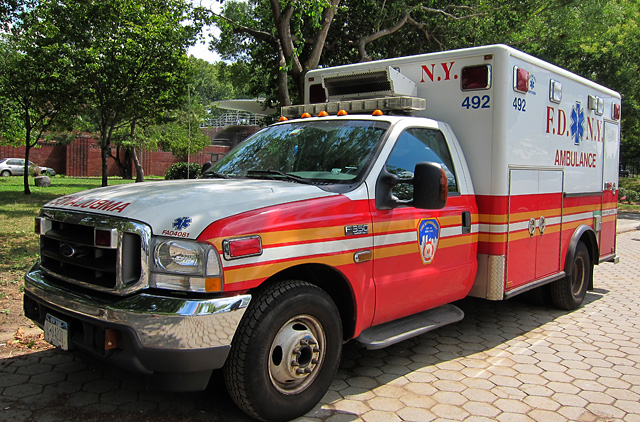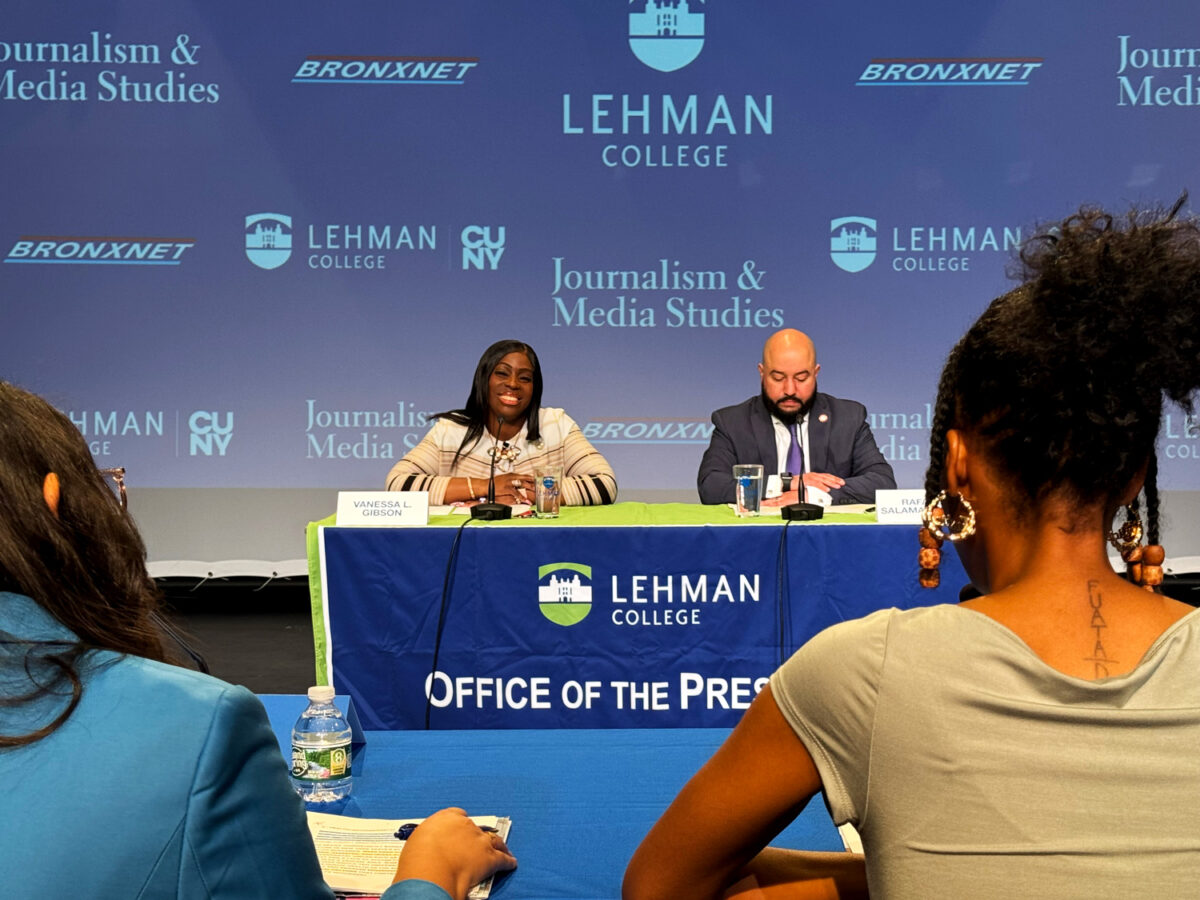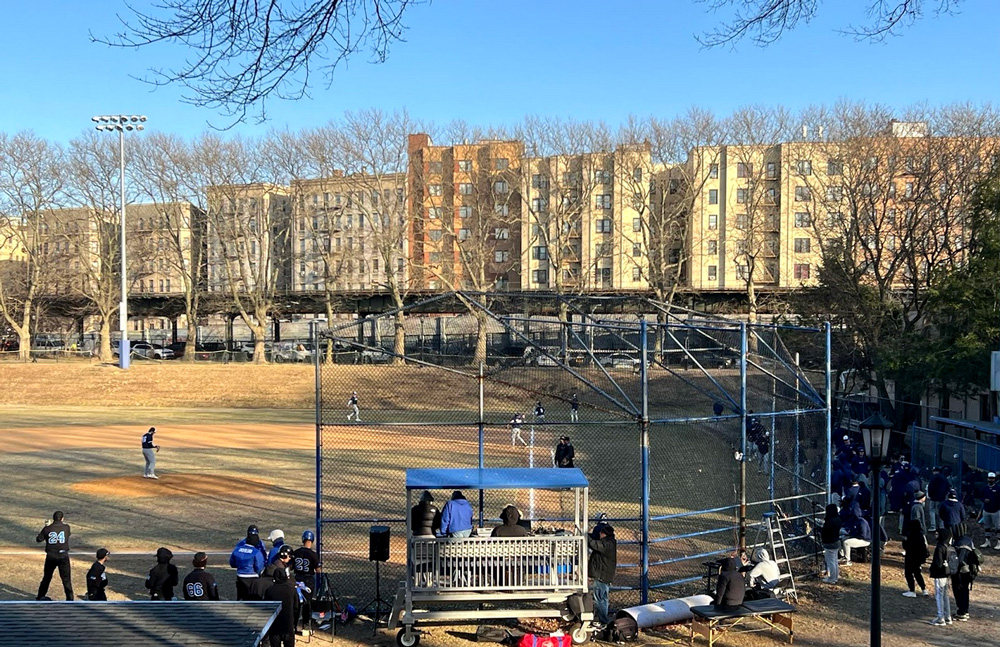By Frances Latalladi

FDNY EMT Yadira Arroyo
An FDNY EMT was killed in the Bronx when a man ran her over with her stolen ambulance. EMT Yadira Arroyo, a 14-year veteran of the FDNY, died in Jacobi Hospital due to her injuries. Jose Gonzalez, 25, a repeat offender was arrested. Gonzalez was a Bloods gang member who had over 30 prior arrests and a history of mental illness.
New York City has one of the highest rates of repeat offenders. Forty-one percent of teenagers between the ages of 14-19 are re-arrested for a crime within the same year. Twenty-five percent of adults between the ages of 20-24 are rearrested for a felony.
“Repeat offenders are a major problem in today’s society,” says Detective Ferdinand Rivera of the 43 Precinct. “Unfortunately, there are a number of factors that allow these individuals to be released from the criminal justice system. Many times victims refuse to cooperate with the district attorney’s office. During the ‘line-up’ process where the defendant is placed with other individuals fitting his or her description, the victim does not make identification and the case is dismissed. The most common reasons given are: they are afraid to testify because of retaliation or cannot miss work. Without the victims testimony these repeat offenders are often released only to commit the crime again. Other factors are an overcrowded system, expense to maintain these individuals’ incarcerated and low level offenses.”
Rivera, a 23-year veteran of the NYPD, has come across many cases where prisoners are released and commit the same crime within weeks of their release date from the system.
The rearrest rate in 2016 was 45 percent for the Bronx and 38 percent for all of New York City. Rivera says that throughout his NYPD career the most common repeat offenders have been with domestic violence, robbery and burglary.
“In the domestic violence incidents, the victim and offender usually get back together only to be victimized once again within a short period of time it becomes a cycle,” he said. “Robbery offenders are released from the system and find themselves unemployed. Within a short period of time they will resort back to robberies. Most burglaries are often committed by drug addicts who are looking for a ‘quick fix’ (getting high) and break into residential or commercial establishments usually looking for currency or jewelry which they usually pawn for a few dollars.”
The Marshal Project released a report on the percentage rates of repeat federal offenders in the U.S.:
- The rearrest rate (for the first eight years after release) is about 49 percent. The re-conviction rate is 32 percent. The re-incarceration rate is 25 percent.
- Prisoners released before turning 21 had a rearrests rate of about 68 percent; those released at age 60 or older had a rate of 16 percent.
The younger the criminal, the more likely they are to be rearrested. Can something be done to prevent these youngsters from repeating their mistakes? Could the death of EMT Yadira Arroyo have been prevented if Gonzalez would have been treated during one of his arrests?
“I believe the death of EMT Yadira Arroyo could have been prevented if Mr. Jose Gonzalez was incarcerated or in a mental institution,” said Rivera. “Mr. Gonzalez had over 30 arrests. The majority were low level offenses (i.e.: criminal mischief and criminal sale of marijuana) but a major issue because he was a repeat offender. Once again, due to the low level offenses the criminal justice system released Mr. Gonzalez to the general population. I also believe if his mental state had been addressed and treated we could have prevented this tragedy.”








No comments